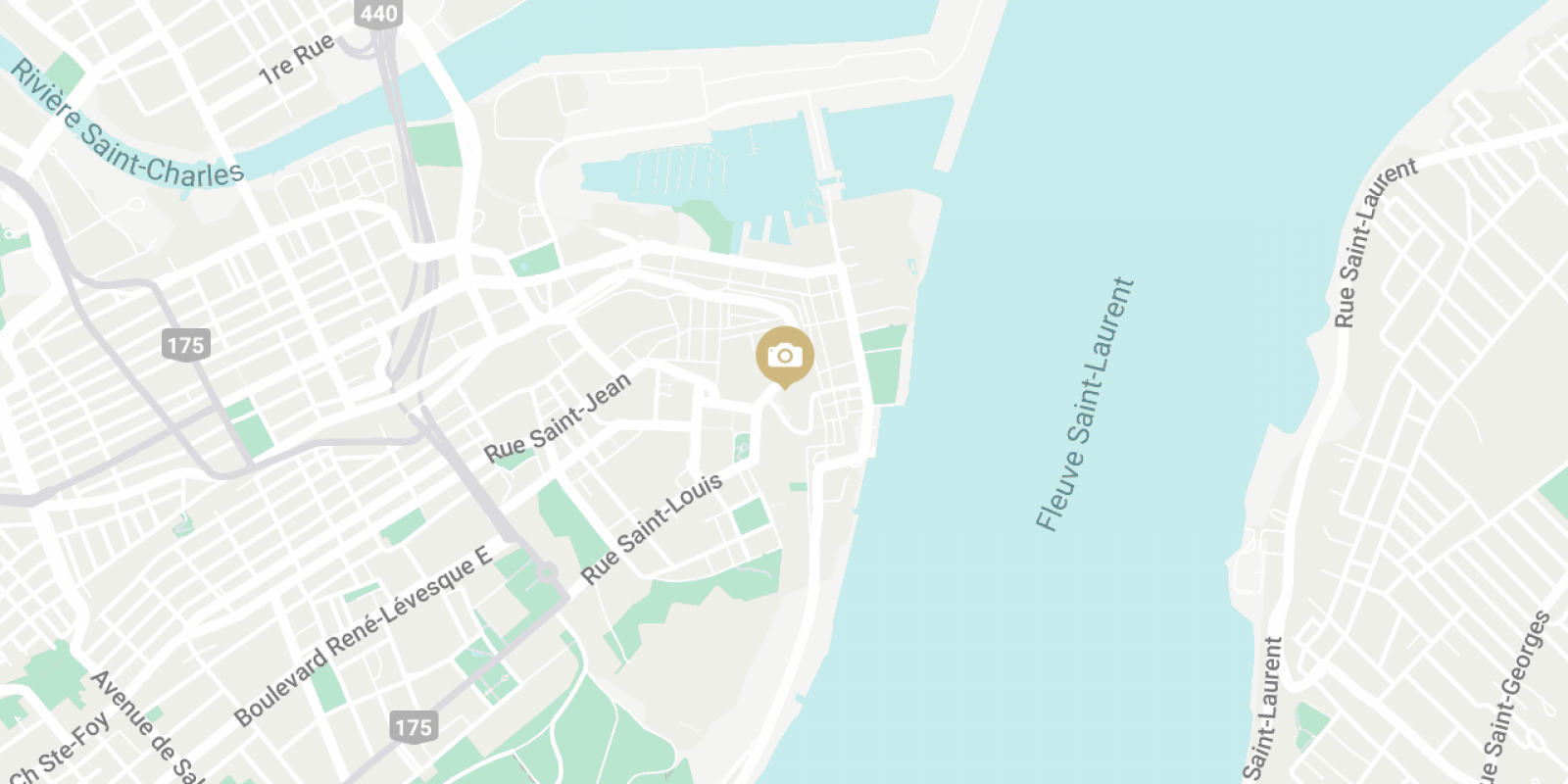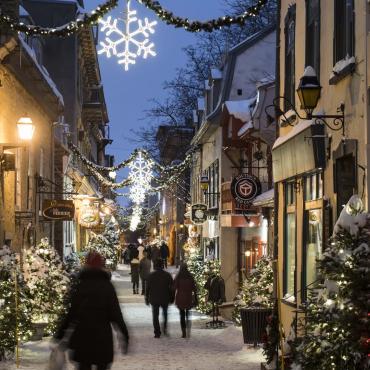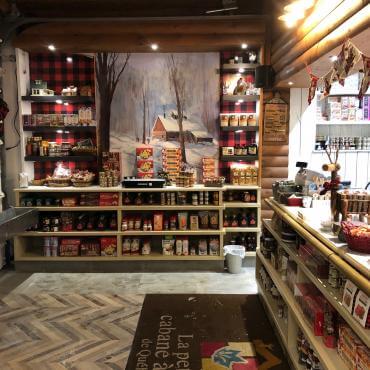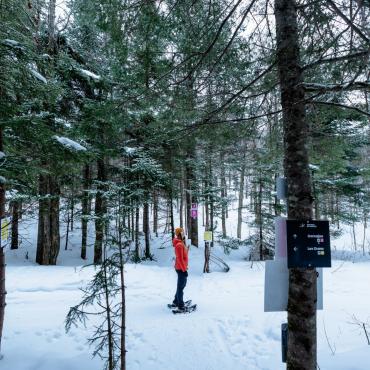Parc Montmorency
Point of interest
Québec
QC,
This urban park in the heart of Old Québec extends onto a section of the site of the first cultivated land in New France. It is also situated where the Legislative Assembly of United Canada parliament sessions were held.
An integral part of the Fortifications of Québec National Historic Site, Montmorency Park was designated a historical site of Canada in 1949. Today, here stand monuments to Louis Hébert, the first Canadian farmer, and Sir George-Étienne Cartier, one of the fathers of Confederation, as well as a plaque commemorating Québec's first parliament building.
What to do at Montmorency Park
- See the monuments dedicated to Louis Hébert and Sir George-Étienne Cartier.
- Admire the view of Lower Town, in particular the view of the Fresco of Quebeckers.
- Rest in the shade of a mature tree.
- Photograph your children astride the cannons.
History of Montmorency Park
In 1617, the first French family to settle in the colony, Louis Hébert, his wife Marie Rollet, and their three children established their farm on the land atop Cap Diamant, at the site of what is today Montmorency Park. They grew cereal crops, vegetables and different medicinal plants.
In 1791, the Constitutional Act was adopted by the British parliament, which divided the colony into Upper and Lower Canada. The governor of Lower Canada, Lord Carleton, and his legislative council would meet in the episcopal palace.
Several years later, Upper and Lower Canada were merged into a single province known as United Canada under the Act of Union 1840. During this time, several Canadian cities hosted the parliament of this new province, with Québec City playing this role from 1852 to 1855 and 1860 to 1865. It was in Québec City in 1864 that was drafted the preliminary version of the British North America Act, the document that led to the founding of Canada as a nation.
The new provincial government of Québec moved into the former parliament of United Canada, which was destroyed by fire in 1883. The site was cleaned and transformed into the urban park that is known today.
The monuments
Louis Hébert Monument: This sculpture by Alfred Laliberté shows Louis Hébert raising a corn cob towards the sky, dedicating his first harvest to God. The figures in high relief are: on the right, Marie Rollet, Hébert's wife, is holding a book and educating her three children; on the left, a statue of Hébert's son-in-law, Guillaume Couillard, who is leaning on a cart. The names of the original 47 colonists in what would later become Québec City are also engraved on the monument.
In many ways, Louis Hébert and Marie Rollet contributed to shaping Québec through their tenacity that has been passed down from generation to generation. The hard work and commitment of Louis, the first apothecary and farmer in New France, and Marie, a mother and teacher, were key to helping the colony flourish.
Sir George-Étienne Cartier Monument: This monument, dedicated to one of the fathers of Confederation, is a reminder it was at this spot that was prepared the preliminary version of the British North America Act, the document that led to the creation of Canada as a nation.
Québec, QC,














